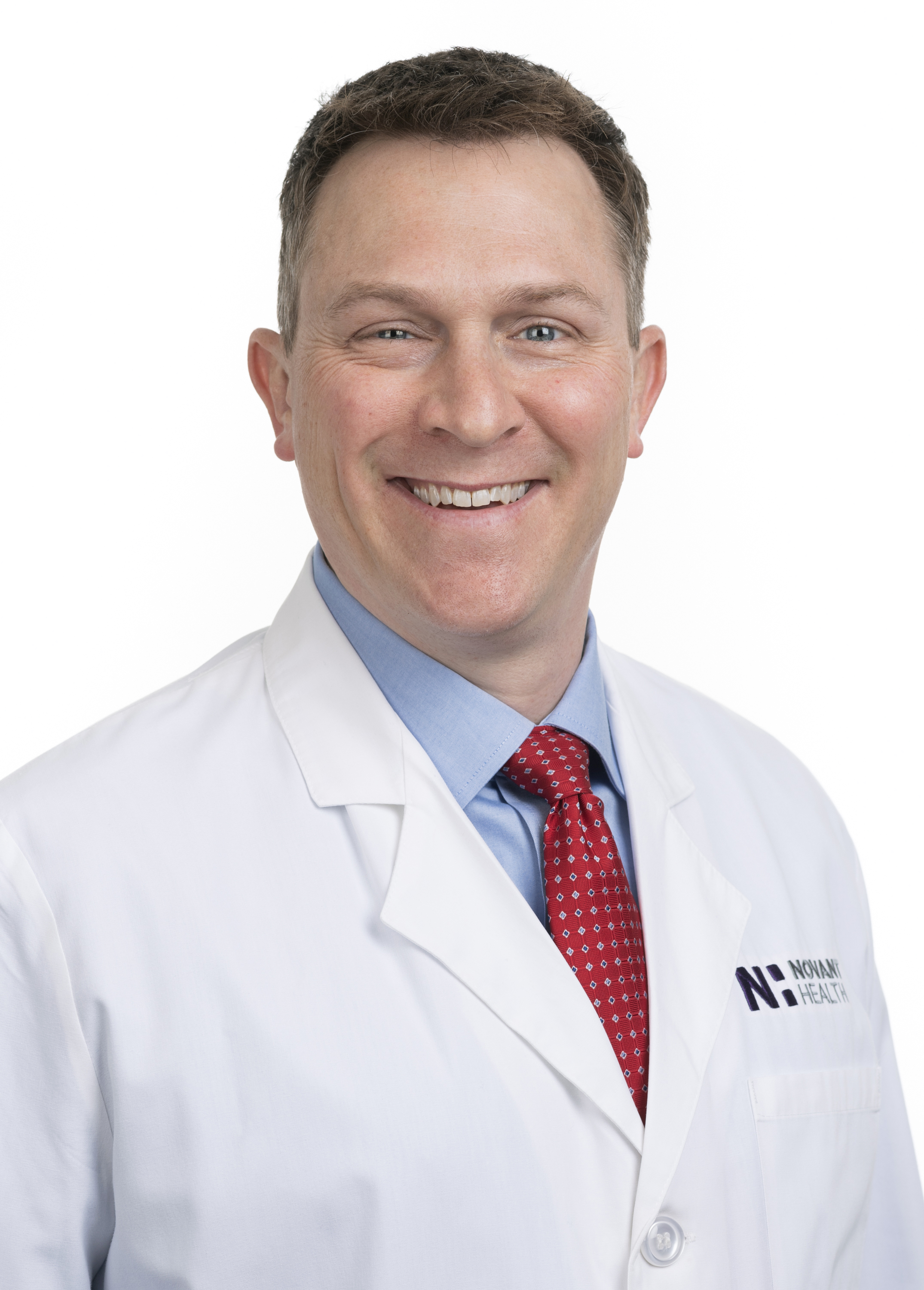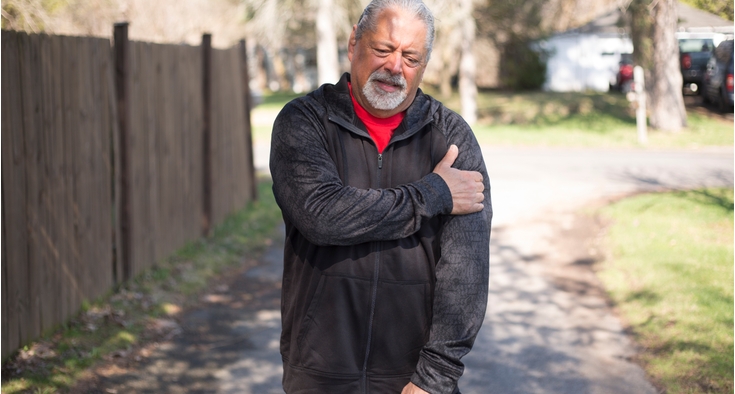
When patients present with certain orthopedic injuries, one of the best steps you can take is to bypass diagnostics and refer them to an orthopedic surgeon. “Honestly, if you're concerned, you should send the patient for evaluation,” said Dr. Marc Haro, orthopedic surgeon with Sports Medicine Specialists of Charleston . “Certain times, special imaging studies are required or beneficial, and it is more cost-effective and less redundant to send them for evaluation prior to ordering imaging.”
Early recognition of severity and subsequent referral can improve patient outcomes, especially in injuries involving the ACL or rotator cuff that usually require more specialized treatment. Additionally, early conversations with patients around possible surgery or other treatment approaches can ensure more productive consultations while preventing delays in care.
Here’s what to keep in mind when referring patients for orthopedic injuries.
When to refer to orthopedic specialists
In general, refer to these experts when an injury shows signs of severity, when fractures are possible or when chronic symptoms last more than two months.

“More severe injuries are characterized by limb deformity, significant swelling, inability to bear weight or actively move the extremity,” said Dr. Louis McIntyre, orthopedic surgeon at Novant Health Orthopedics & Sports Medicine in the Triad. “This would necessitate urgent referral. So would symptoms of joint instability with or without a history of joint dislocation or subluxation. Fractures are also common and are heralded by severe pain, swelling and limb deformity.”

Rotator cuff injuries: What to look for
Watch for changes in function. “Any patient who has had an acute injury such as a fall and notices a change in their shoulder function after the injury should be referred,” said Dr. Daniel Huttman, orthopedic surgeon at Novant Health Orthopedics & Sports Medicine in Charlotte. “Other main signs of rotator cuff injuries are shoulder pain and weakness, night pain and pain when lying on the arm. On exam, there may be motion loss and a decrease in strength, especially in external rotation.”
ACL injuries: Was there a ‘pop’?
Confirm the patient experienced the signature “pop” sound. “For the knee, any twisting type of injury accompanied by a pop and leading to feeling the knee gives way is suspicious of an ACL injury,” Haro said. “On physical exam, ACL tears usually produce an effusion in the knee.”
Surgery? Set expectations.
When managing ACL tears and traumatic rotator cuff injuries, patients who are young and active are likely to need surgery.
“There are some people who can function without an ACL or rotator cuff, but, more frequently, they do better if they have been repaired or reconstructed,” Haro said.
ACL repair is gaining popularity as a treatment option for certain patients, usually those with a proximal tear.
Bioinductive collagen grafts can support healing in both ACL and rotator cuff repairs by stimulating new tissue growth and enhancing structural integrity. They can also potentially reduce recovery time and retear rates.
Benefits of autograft
When ACL reconstruction is necessary, autograft is the most beneficial option. Autograft tissue comes from the patient; it heals faster, has a lower risk of rejection and offers superior bone regeneration properties. The use of allograft tissue, which comes from a tissue bank, has a significantly higher risk of retear.
“The benefits of autograft use are availability, low cost, biocompatibility and outcome predictability,” McIntyre said. “Autograft patellar tendon grafts are recommended for contact athletes and because of improved outcomes, but other autografts such as quadriceps tendon and hamstrings tendon can also be used. Autograft tissue is also superior in the revision situation.”
Treatment for rotator cuff injuries
Rotator cuff injuries present more treatment options. Depending on the type of rotator cuff injury, each type of treatment can be tailored to the individual’s needs.
“Multiple new surgical treatment options are now available to treat rotator cuff injuries in the operating room,” Huttman said. “These include repairs, tendon transfers, patches to cover a rotator cuff defect, reconstruction of the rotator cuff and an arthroscopic balloon placement in the subacromial space.”
Help patients understand prehab needs.
There can be benefits to preoperative physical therapy with ACL tears, but with rotator cuff tears, surgery puts patients on the clock.
“Injury-specific physical therapy exercise programs are effective in mitigating the pain, swelling, stiffness and motion loss from ACL and rotator cuff injuries,” McIntyre said. “They can be important prior to surgery if there is loss of motion, especially with ACL injuries.”
Prehab timing is important to consider, and it varies across injuries. “For ACL tears, it is important for patients to get swelling down, range of motion back and most of their control over the knee back prior to surgery to have the most optimal outcomes after surgery,” Haro said.
“However, for rotator cuff tears, oftentimes the longer you wait to get into surgery, the less likely the repair will be successful,” he said. “There does sometimes become a point where the tears are no longer repairable.
Regardless of orthopedic injury, orthopedic surgeons across Novant Health are accepting referrals for rapid evaluation, sometimes even same-day care. Thanks to their expertise, Novant Health is recognized as one of the best orthopedic programs in the U.S. by Becker’s Hospital Review.








